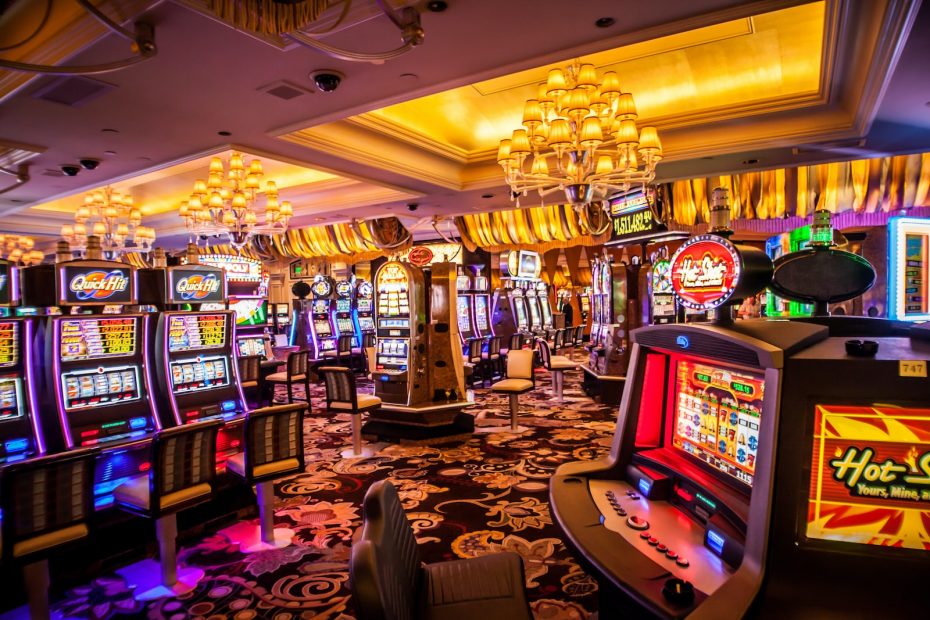In what way Gaming Establishments Use Shade and Design to Attract Participants

Within a dynamic and exciting world of gaming establishments, wherein luck and strategy intertwine, color and aesthetic play a critical role in drawing in players. As soon as players step into a casino or access a gaming platform, they are immersed in a visual feast that grabs their attention and lures them to explore further. Vivid colors, captivating graphics, and innovative layouts are meticulously crafted to create an atmosphere of excitement and anticipation, ultimately enhancing the gaming encounter.
As gamblers navigate through the ever-changing landscape of casino games, they come across a range of designs that not only serve aesthetic purposes but also influence feelings and choices. Hues like red and gold symbolize riches and fortune, while calm navy and greens can create a much tranquil environment. Understanding how these elements function together allows casinos to create an welcoming and stimulating atmosphere that encourages players to engage with the games, invest additional time at the tables, and boost their overall enjoyment.
The Study of Color in Gaming Establishments
Hue plays a critical role in the development of gaming experiences, shaping players' feelings and responses. Lively and striking hues, such as scarlet and amber, are often used to ignite excitement and attract notice. These hues create a feeling immediacy and vitality, encouraging participants to engage more readily with the experience. By thoughtfully selecting tints, creators aim to inspire feelings of pleasure and expectation, which can enhance the total player experience.
Various colors also have psychological connotations that can affect how players perceive their chances of success. For example, lime is frequently associated with luck and prosperity, making it a well-liked choice in games like roulette and poker setups. This link can cause gamblers to feel more hopeful and self-assured in their gaming, ultimately encouraging them to stake more. Comprehending these links allows game creators to create environments that enhance player enjoyment and loyalty.
Furthermore, the layout of gambling game interfaces often employs gradients and differing hues to guide player actions. For case, successful combinations may be highlighted with striking, opposing colors, creating a visual incentive. This technique strengthens successful results and encourages repeated engagement. By utilizing the science of color, gaming venues can develop activities that not only captivate participants but also keep them engaged and committed in their game experience.
Creative Elements that Engage Players
The visual appeal of casino games is largely influenced by the implementation of bold colors. Lively and contrasting colors are strategically chosen to create an inviting atmosphere that grabs interest. For instance, crimson and golden hues often signify luck and wealth, which is why they are prevalent in the palettes of gaming machines and table surfaces. These colors not only attract players in, but they also evoke emotions related to excitement and expectation, enhancing the total gaming experience.
In addition to color, the design and organization of gambling games play a significant role in player attraction. Games are designed to be user-friendly, ensuring that players can quickly understand the rules and mechanics. non GamStop casinos UK User-friendly interfaces, along with captivating graphics and motion, help maintain gamer interest and encourage longer play sessions. The physical elements, such as the texture of the controls and the sounds of the games, also contribute to a holistic sensory experience that keeps players engaged.
In conclusion, thematic elements in game design can greatly influence gaming decisions. Many gambling games are inspired by media, myths, or exploration motifs, incorporating symbols and characters that resonate with players. These themes create a sense of immersion and connection, making each game feel unique. When players feel a connection to the concept, they are more likely to opt for that game over others, leading to increased participation and excitement within the gambling environment.
Case Studies: Successful Gambling Game Designs
One prime example of impressive casino game design is the acclaimed slot machine series based around popular movies. Games such as those based on the Wizard of Oz and Game of Thrones utilize dynamic colors and top-notch graphics to engage players in familiar narratives. The use of lively visuals and engaging sound effects grabs the attention of players, establishing an affective connection to the theme. This strategy not only encourages longer play but also improves the overall gaming experience, resulting in increased player retention.
Another effective case is the use of the psychology of color in table games like 21 and the wheel. Casinos often develop these games with dark reds and greens, colors traditionally associated with luck and wealth. For instance, the green felt on a blackjack table provides a calming effect, while the crimson accents in the wheel invite thrill. This intentional use of color helps to establish an inviting atmosphere that motivates players to join in, fulfilling their psychological impulses and boosting their enjoyment.
Finally, online casino games that include community features and bright, colorful designs have seen remarkable success in engaging players. Games like Zynga Poker and Slot-O-Mania leverage vivid colors and playful animations to create an inviting online environment. The integration of leaderboards, community sharing options, and in-app rewards promotes competition and community, pulling players in for longer sessions. Such designs not only make the games visually appealing but also underscore social connectivity, a vital factor in player retention and engagement within online casino environments.
